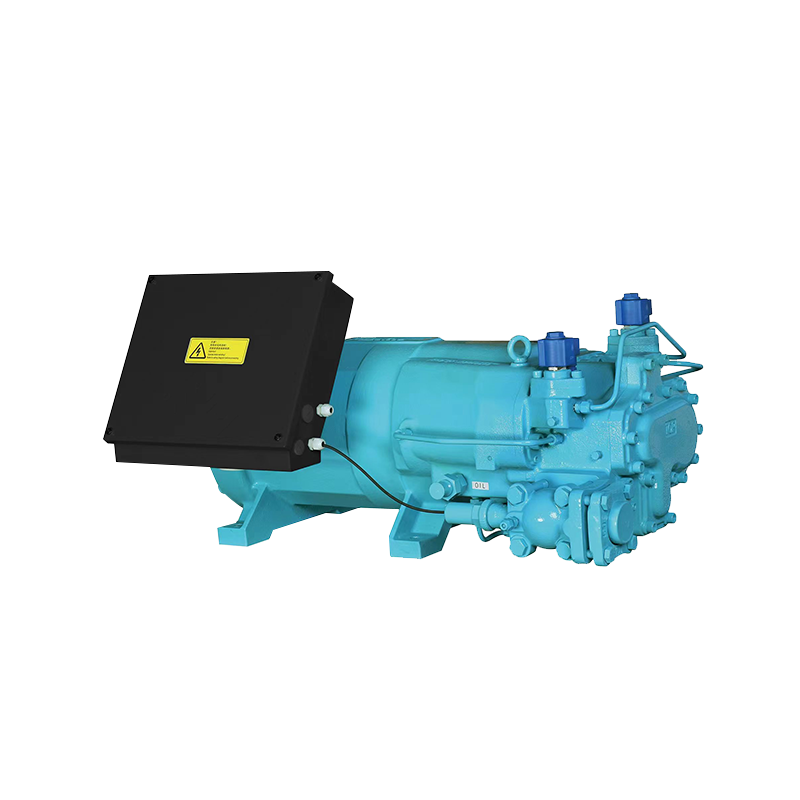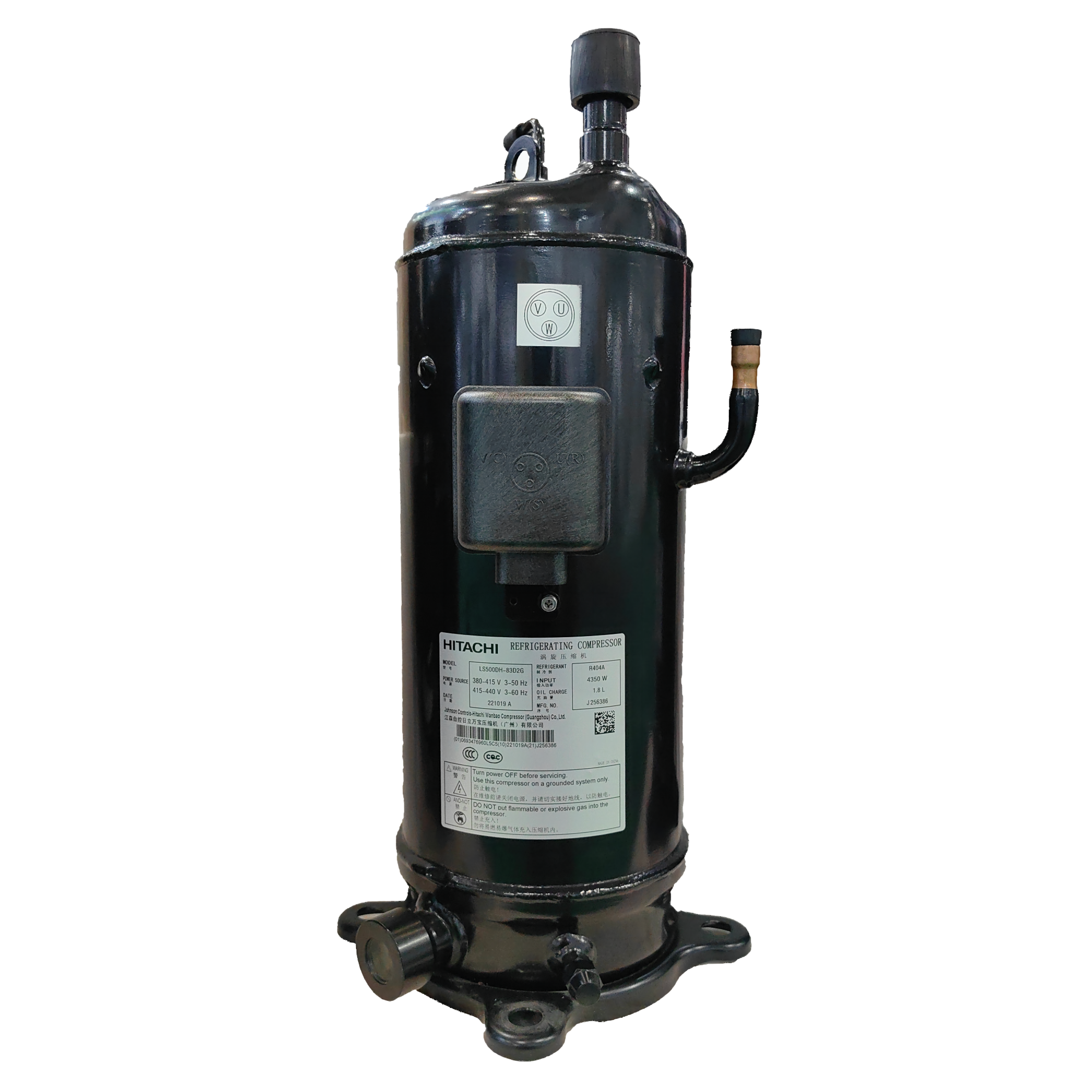The separation efficiency of an oil separator is influenced by a variety of factors, primarily the following:
Oil droplet size: The larger the droplet size, the higher the separation efficiency. For a specific separator, there is a critical droplet size; droplets smaller than this value are generally not effectively separated.
Fluid flow rate: Flow rate has a significant impact on separation efficiency. Within a certain range, increasing flow rate can improve separation efficiency. However, excessively high flow rates increase piezoresistance, which in turn reduces separation efficiency. Furthermore, when the oil flow rate varies within a certain range, when the average axial velocity is less than 0.35 m/s, an increase in flow rate has a greater impact on centrifugal force than on bubble residence time, resulting in an increase in separation efficiency. However, when the average axial velocity is greater than 0.35 m/s, an increase in flow rate has a greater impact on bubble residence time than on centrifugal force, resulting in a decrease in separation efficiency.
Temperature: The effect of temperature on separation efficiency is more complex. On the one hand, increasing temperature reduces oil viscosity, thereby improving separation efficiency. On the other hand, high temperatures may cause oil-water emulsification, hindering separation. Therefore, maintaining the temperature within the optimal range (e.g., 15-35°C) is crucial for improving separation efficiency.
Pressure: Changes in operating pressure can affect separation efficiency. While increases in pressure do not significantly affect separation efficiency, pressure fluctuations may interfere with the separation process.
Residence Time: The longer the oil resides in the separator, the better the separation. Increasing the residence time helps to fully separate the oil droplets, but equipment cost and space requirements must be considered.
Equipment Structure: The structural design of the equipment has a significant impact on separation efficiency. For example, a cyclone separator uses centrifugal force to separate oil and water, and its separation efficiency is closely related to parameters such as the separator diameter and rotational speed.
Chemical Treatment: In some cases, chemical injection can improve separation efficiency. For example, phase separation injection involves injecting water-soluble and oil-soluble chemicals above and below the interface layer to enhance separation efficiency.
Maintenance and Cleaning: Regular maintenance and cleaning of oil separators are critical to maintaining their performance. Internal equipment fouling and blockage can affect separation efficiency, so filters, oil drain lines, and other components require timely cleaning.
The separation efficiency of an oil separator is affected by a variety of factors, including oil droplet size, fluid flow rate, temperature, pressure, residence time, equipment structure, chemical treatment, and maintenance. Optimizing these factors can significantly improve the separation efficiency of the oil separator.
What are the key factors to consider when selecting an oil separator?
The key factors to consider when selecting an oil separator include the following:
Applicable refrigerant type: First, consider whether the oil separator is compatible with a specific refrigerant, such as R22, R134a, or R410A. Different refrigerants have different requirements for oil separators, so ensure compatibility when selecting an oil separator.
Cooling capacity: The cooling capacity of the oil separator should match the system requirements, typically 70% to 100% of the maximum cooling capacity.
Compressor model and specifications: Select a matching oil separator based on compressor discharge pressure, temperature, refrigerant flow, and other parameters.
Operating Environment: Consider the impact of environmental factors such as temperature, humidity, and dust on the performance and durability of the oil separator.
Maintenance and Cleaning: Choose an oil separator that is easy to maintain and clean to reduce long-term operating costs.
Affordability: Compare different brands and models of oil separators, while meeting performance requirements, and select the most cost-effective option.
Manufacturer Recommendations: Refer to the refrigeration equipment manufacturer's recommendations and guidance to select an oil separator that matches the compressor.
Regulations and Standards: Ensure that the selected oil separator complies with local regulations and industry standards to ensure system compliance and safety.
Installation Conditions: Consider factors such as installation space, power supply, and drainage facilities to ensure safe and stable operation of the equipment.
Material Selection: Select the appropriate material based on specific needs and operating environment. For example, stainless steel is suitable for humid or acidic or alkaline environments, copper alloy is suitable for high-temperature and high-pressure environments, and aluminum alloy is low-cost and lightweight, making it suitable for small refrigeration systems.
Performance Indicators: Separation efficiency, pressure drop, and noise are important indicators of oil separator performance. High separation efficiency reduces the risk of lubricating oil entering the compressor, low pressure drop improves refrigeration efficiency, and low noise reduces the impact on the environment.

 English
English Español
Español عربى
عربى русский
русский











